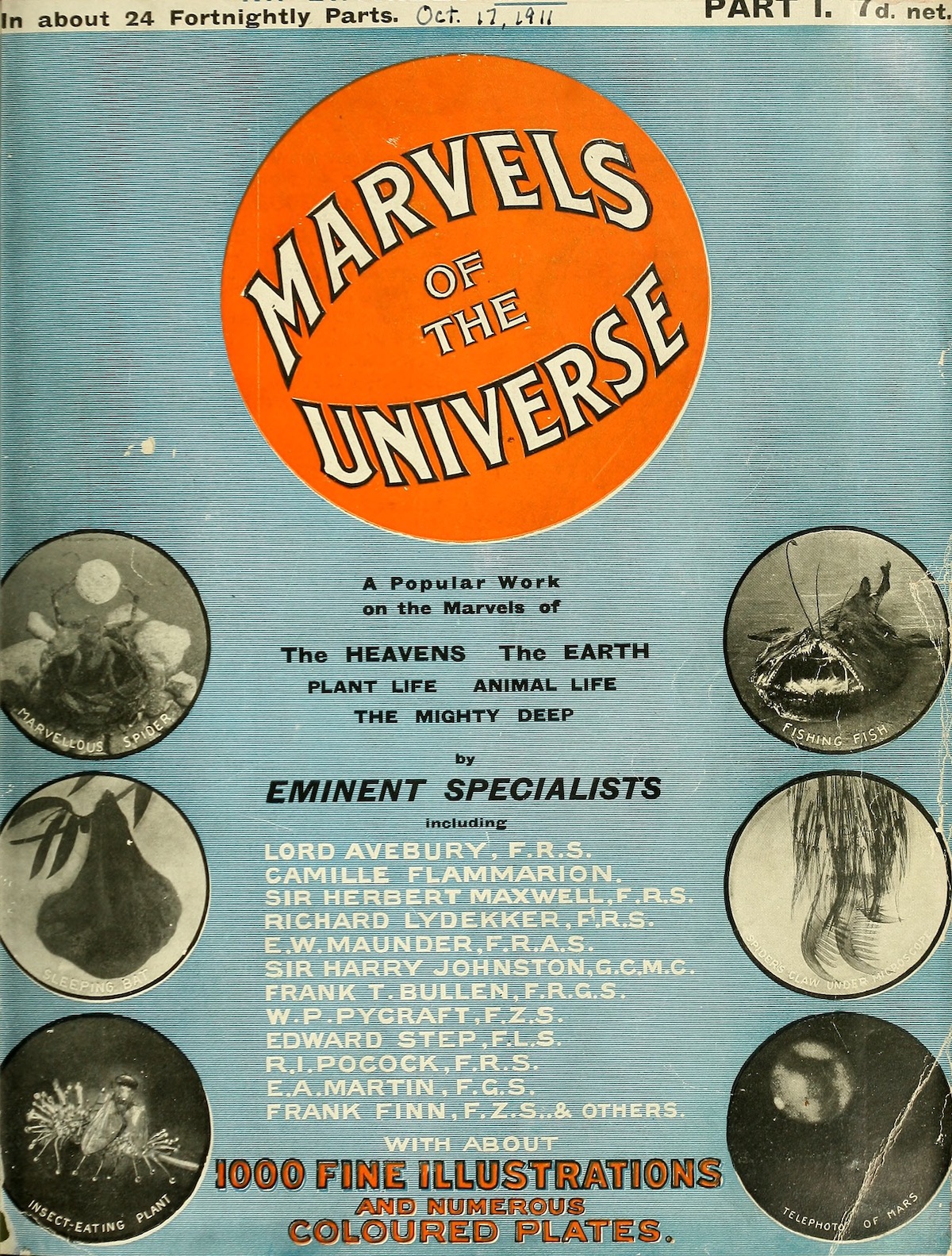
‘Marvels of the Universe : a popular work on the marvels of the heavens, the earth, plant life, animal life, the mighty deep’ was published as a periodical 1911-1912 in 24 fortnightly parts. Each part of the serial publication contained four full-page colour illustrations, “remarkable alike for their beauty and accuracy, and a profusion of excellent pictures in black and white, most of which are from photographs”, as Nature magazine of November 1911 noted.
The contributors are well-qualified authorities on the subjects they have undertaken, and what thev have written is appropriate to the work. The selection of topics has been guided entirely by what is likelv to arrest the attention of the non-scientific general reader, with the result that instead of an orderly introduction to science, we have a series of short, bright views of some of the wonders of nature, arranged in no logical sequence, but partaking of the character of a scientific scrap-book…

Marvels of the Universe was the work of Sir Harry Hamilton Johnson GCMG KCB (12 June 1858 – 31 July 1927), known as Harry Johnston, a British explorer, botanist, artist, colonial administrator and linguist. He travelled widely in Africa, and published 40 books on African subjects.
Sir Harry was one of the key players in the Scramble for Africa that occurred at the end of the 19th century. He was leader of an 1884 scientific expedition to Mount Kilimanjaro; vice-consul in Cameroon and the Niger River delta area (1886); had administrative control of the territory which became North-Eastern Rhodesia (the north-eastern half of today’s Zambia); and worked as a ‘special commissioner’ to Uganda.
He received the honorary degree Doctor of Science (D.Sc.) from the University of Cambridge in May 1902. The Royal Geographical Society awarded him their 1904 Founder’s Medal for his services to African exploration.
As for the illustrations in Marvels of the Universe, he spent four years studying painting at the Royal Academy. In connection with his study he travelled to Europe and North Africa, visiting the little-known (by Europeans) interior of Tunisia.
Quite the overachiever, Sir Harry is commemorated in the scientific names of the okapi (Okapia johnstoni) and of two species of African lizards (Trioceros johnstoni and Latastia johnstoni). The falls at Mambidima on the Luapula River were named Johnston Falls by the British in his honour.
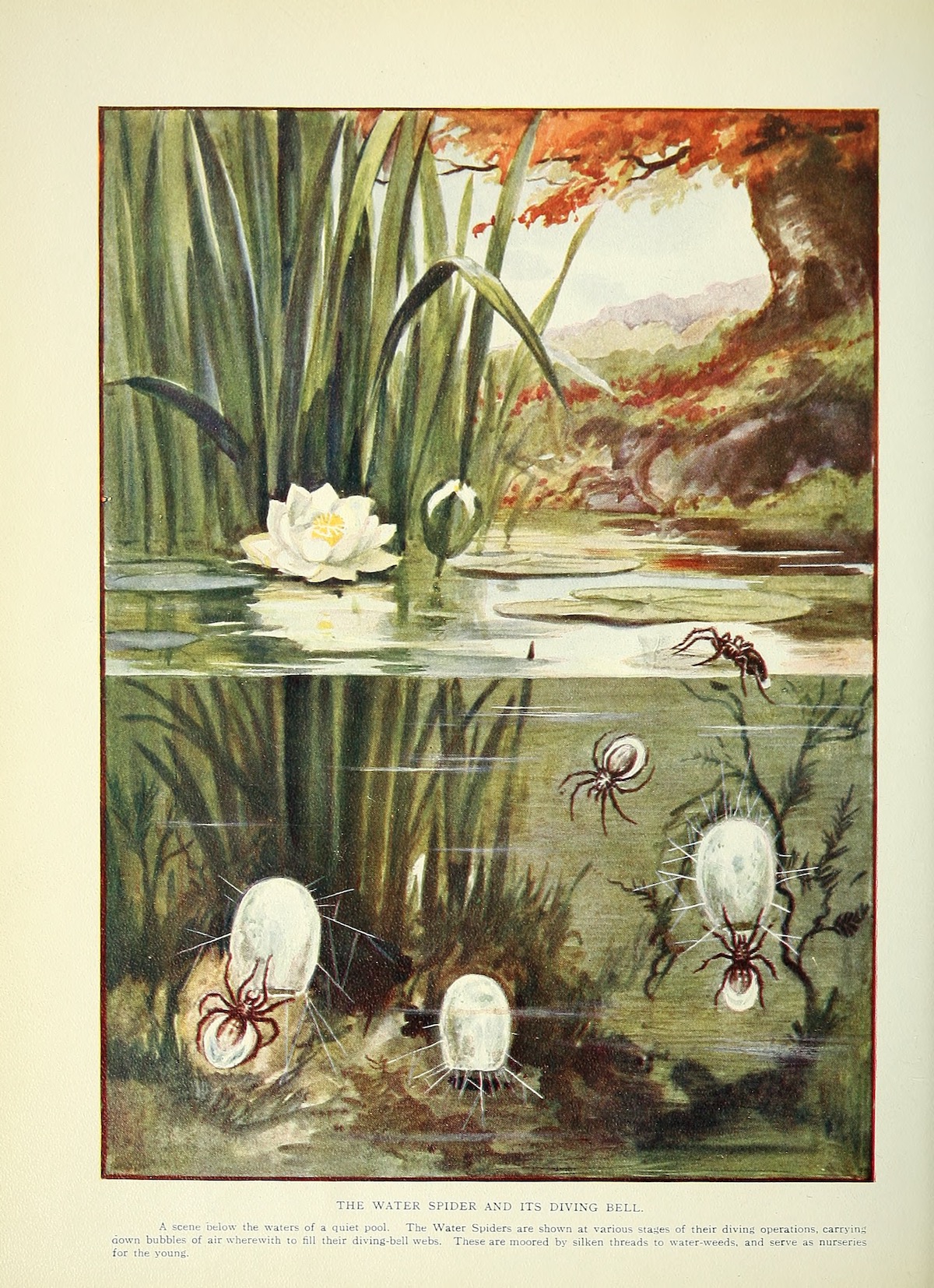
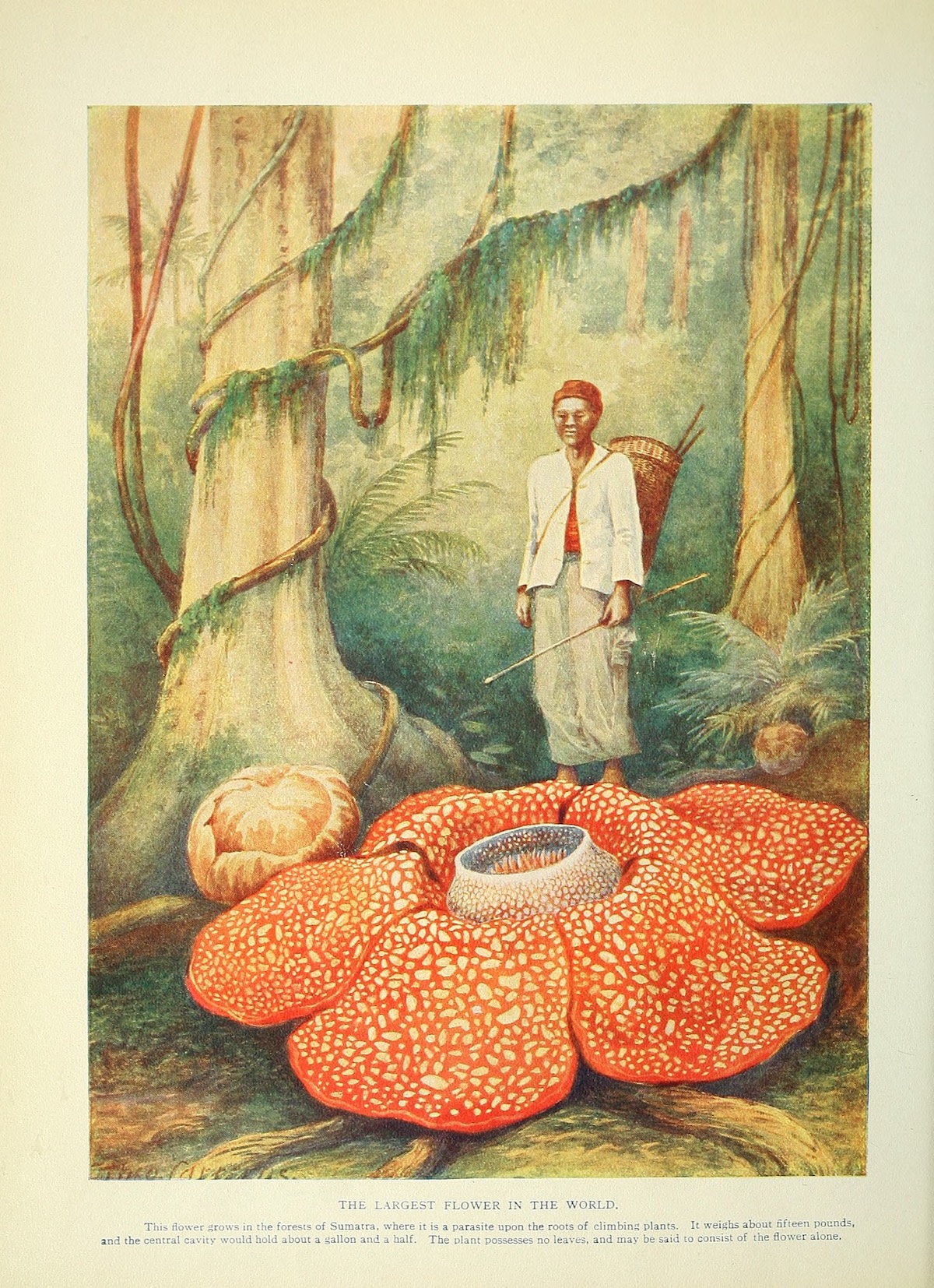

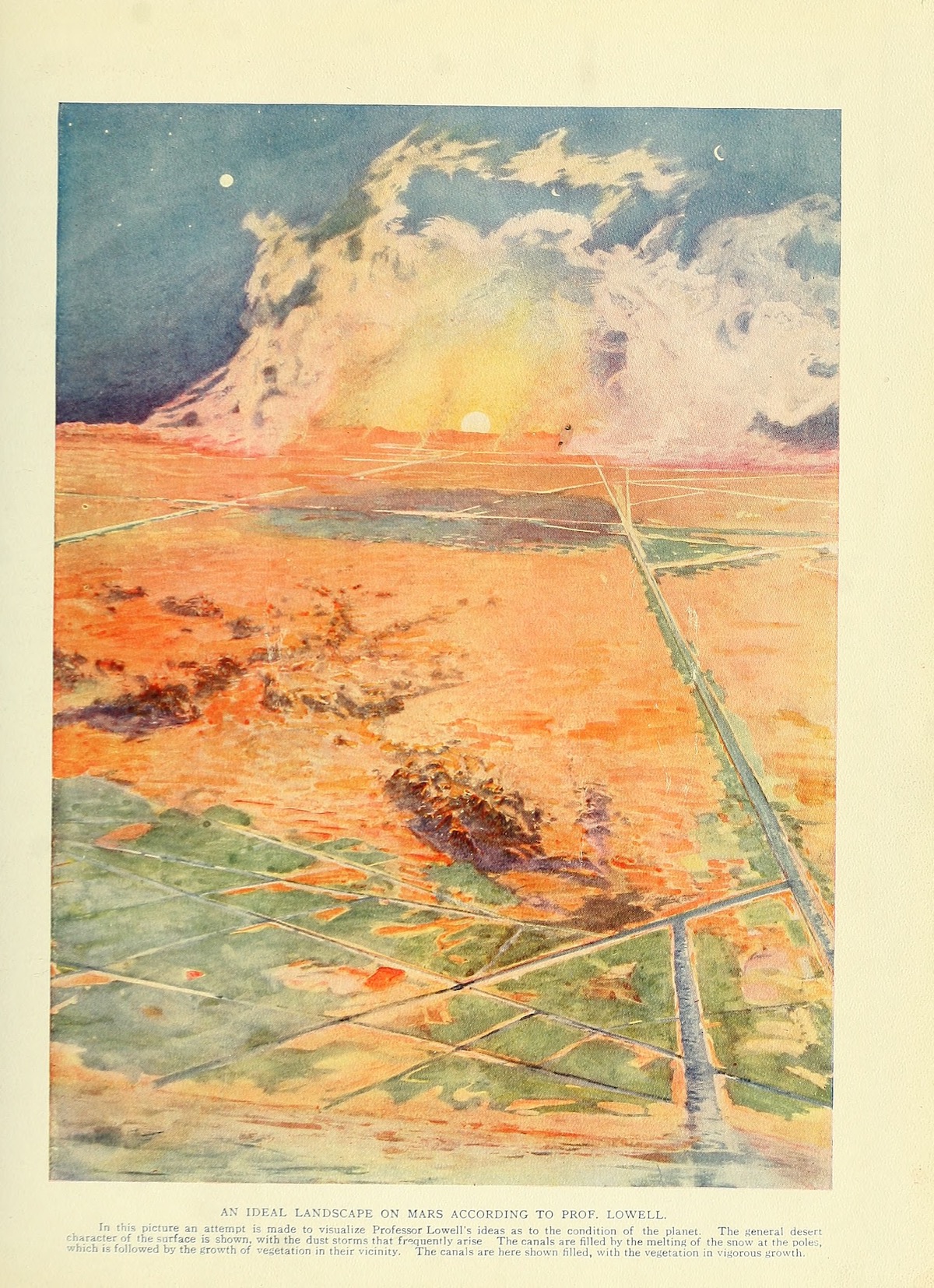
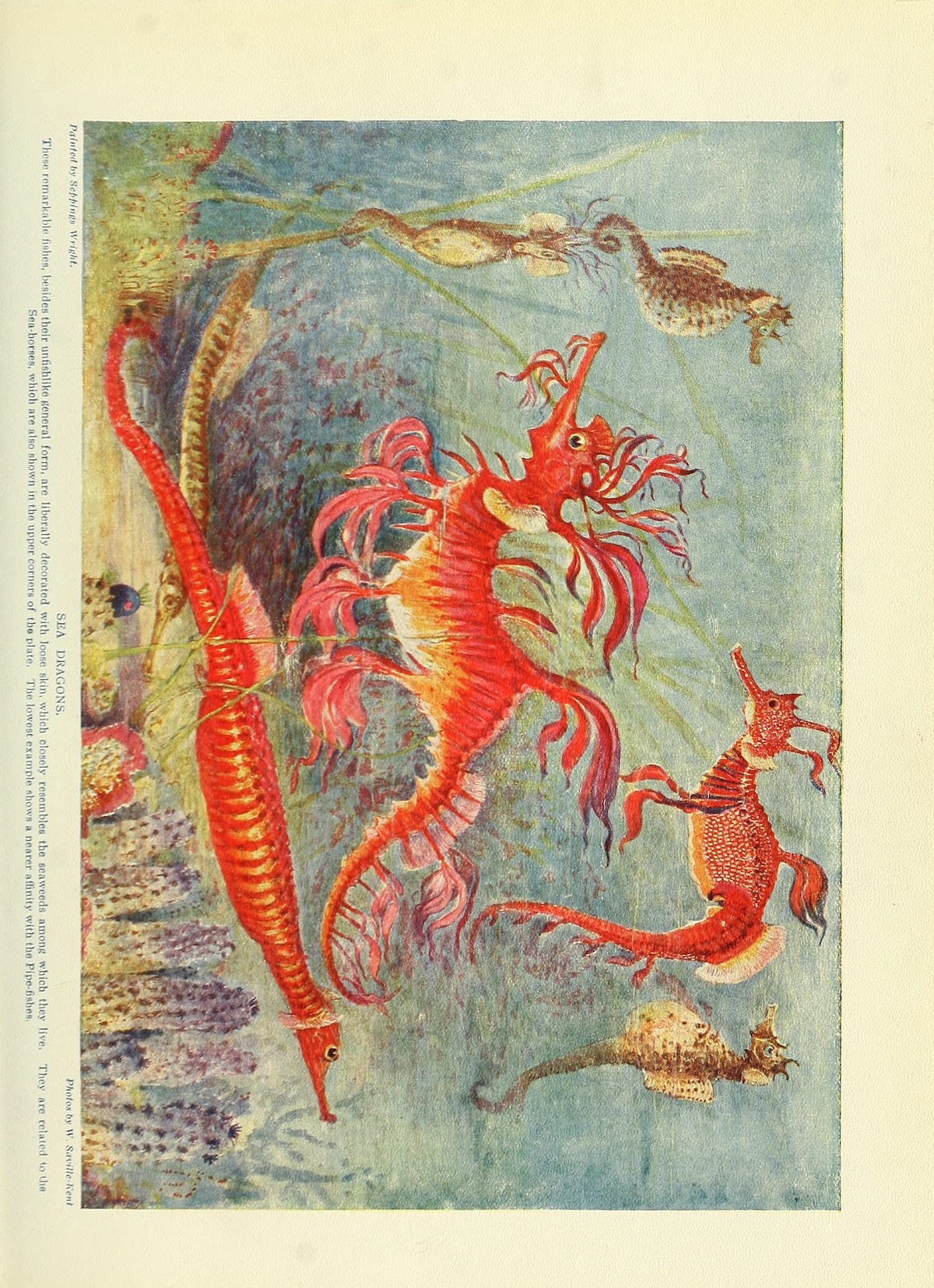
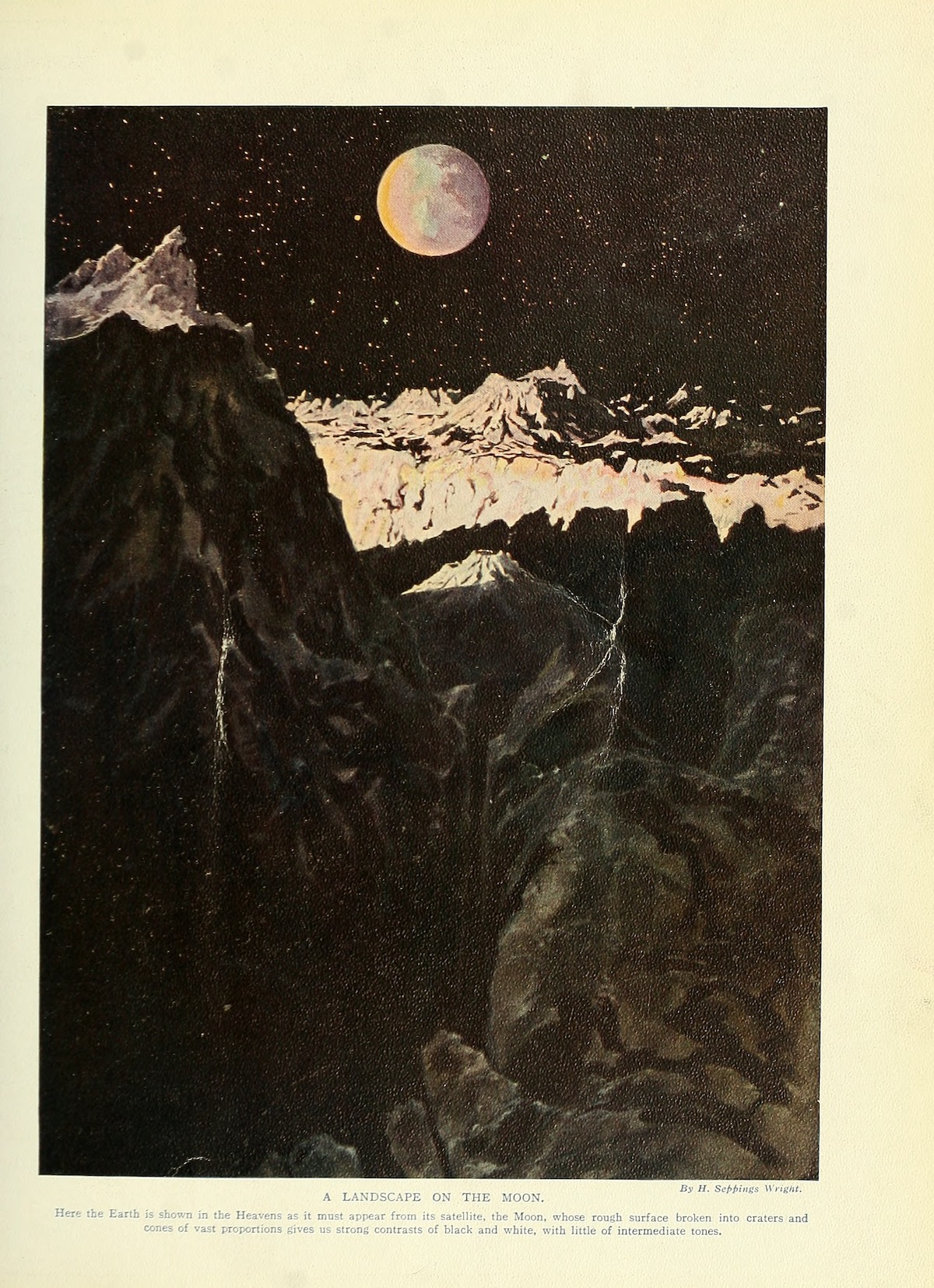
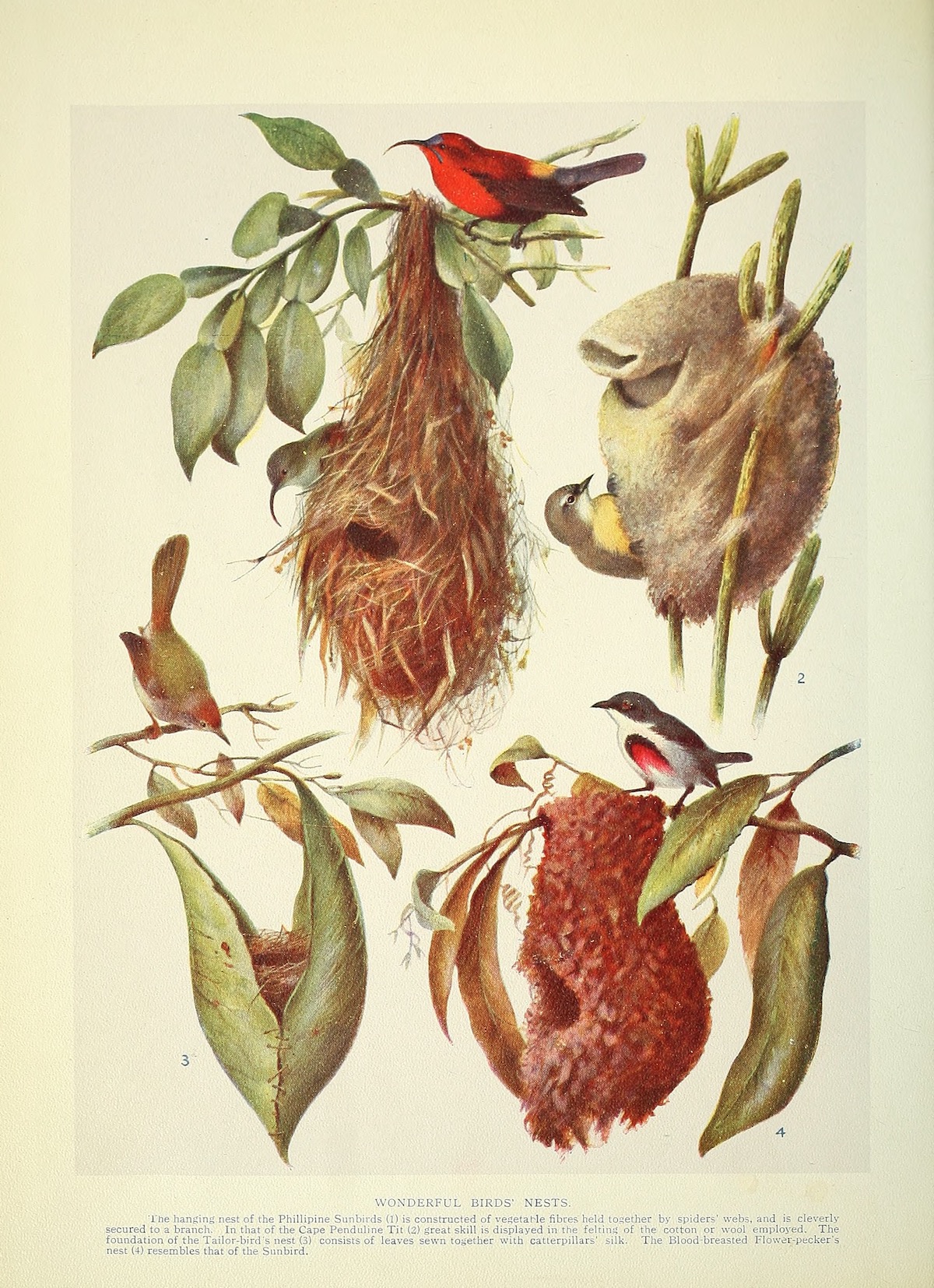
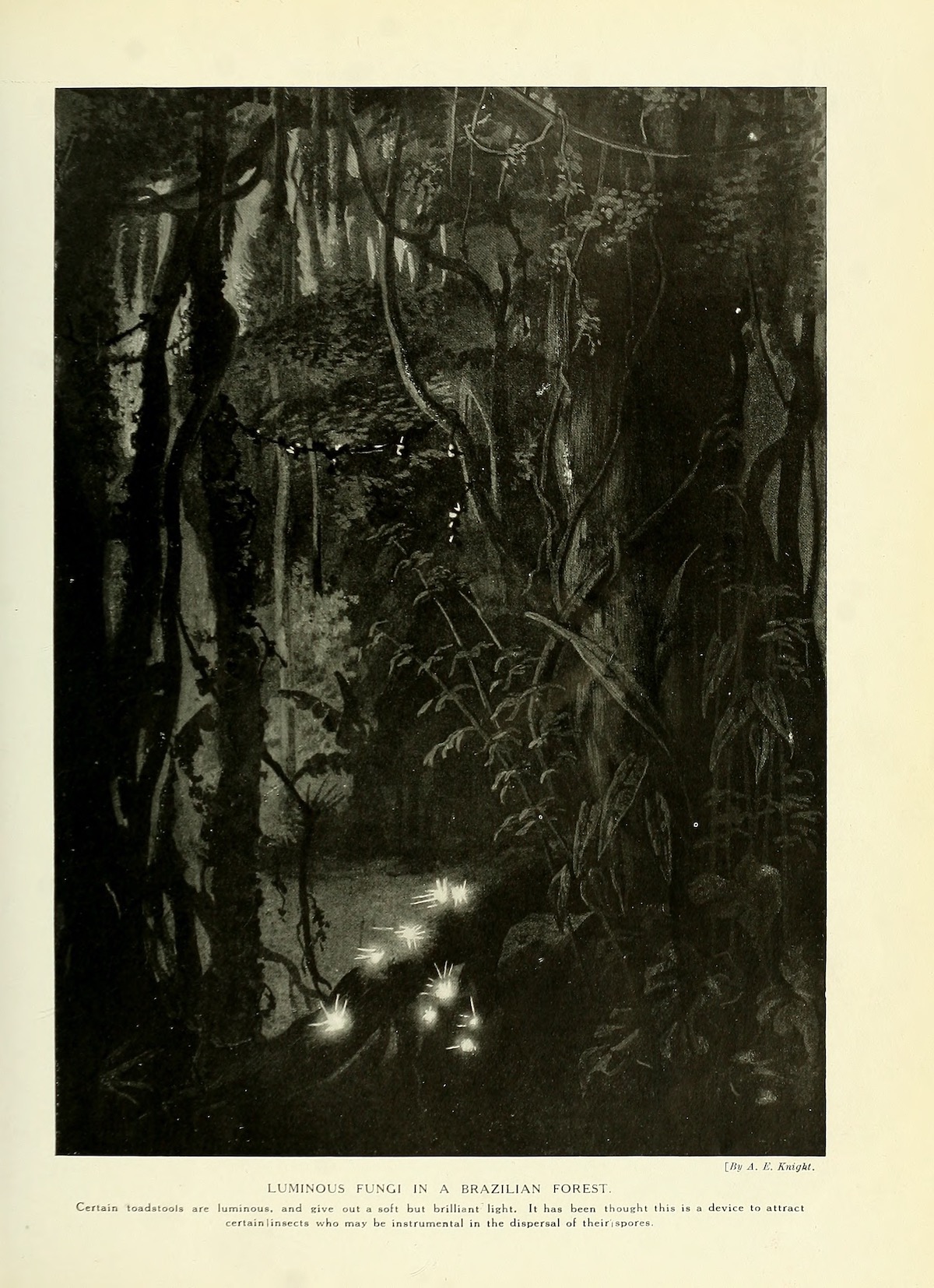
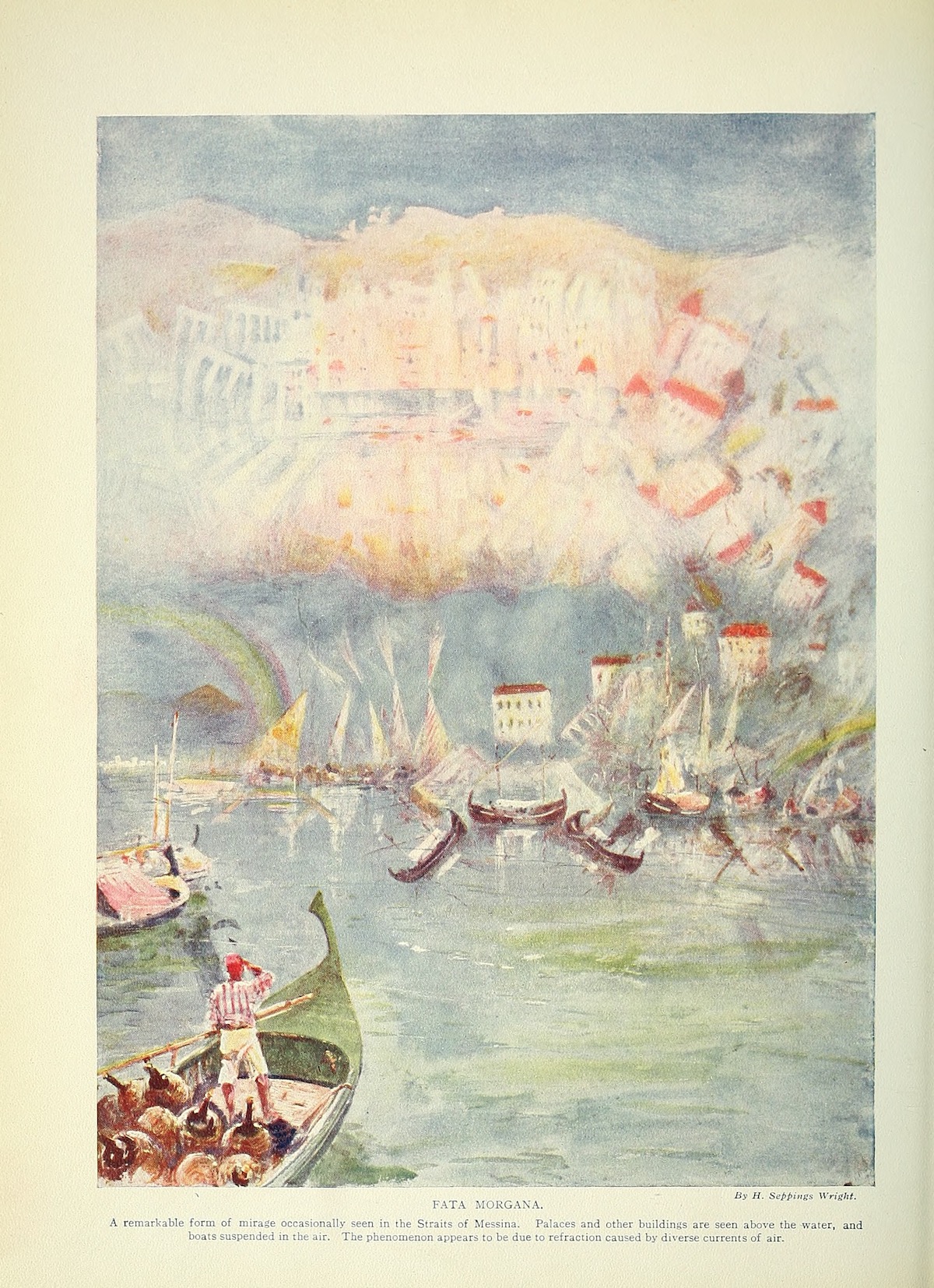
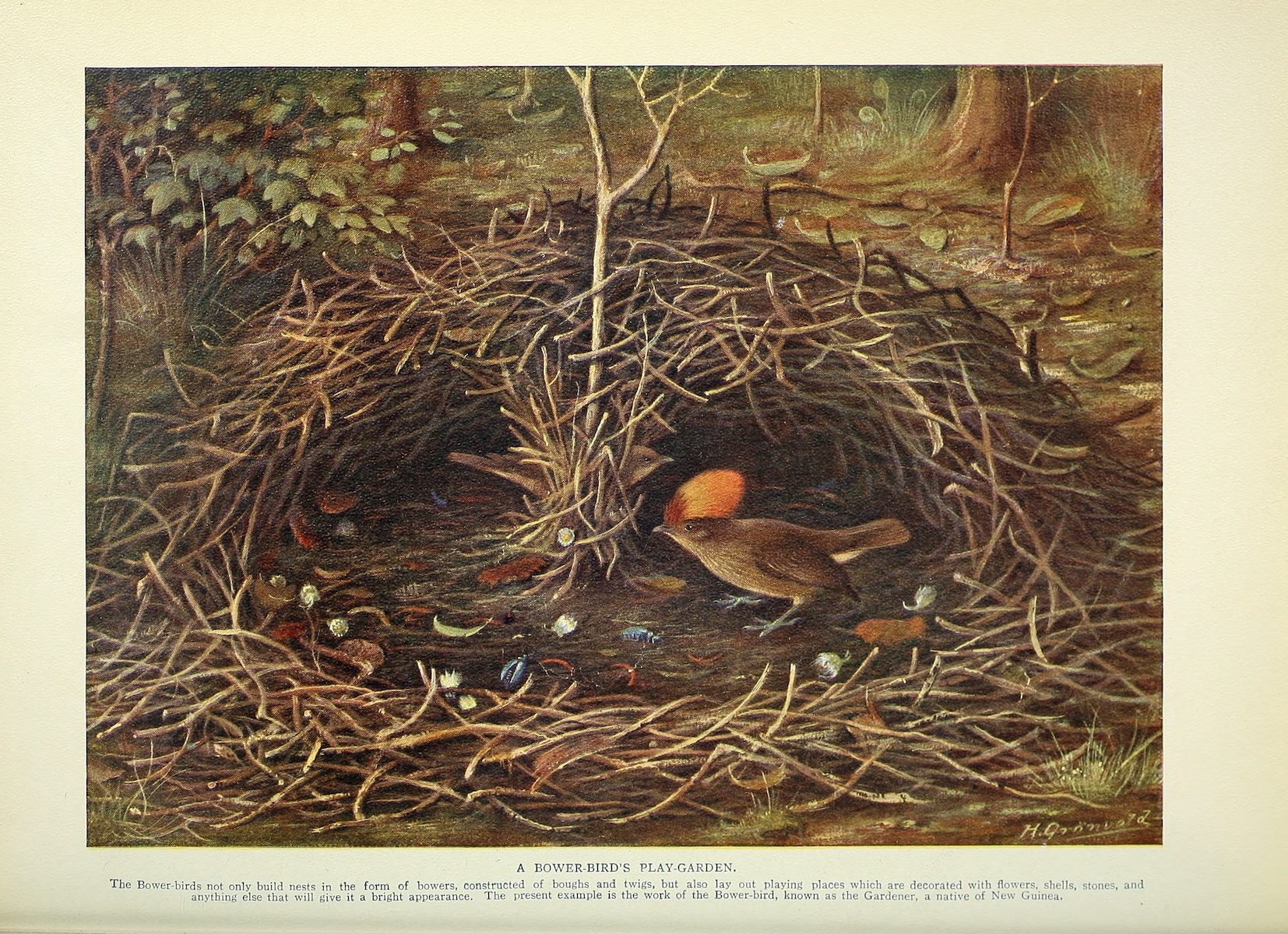
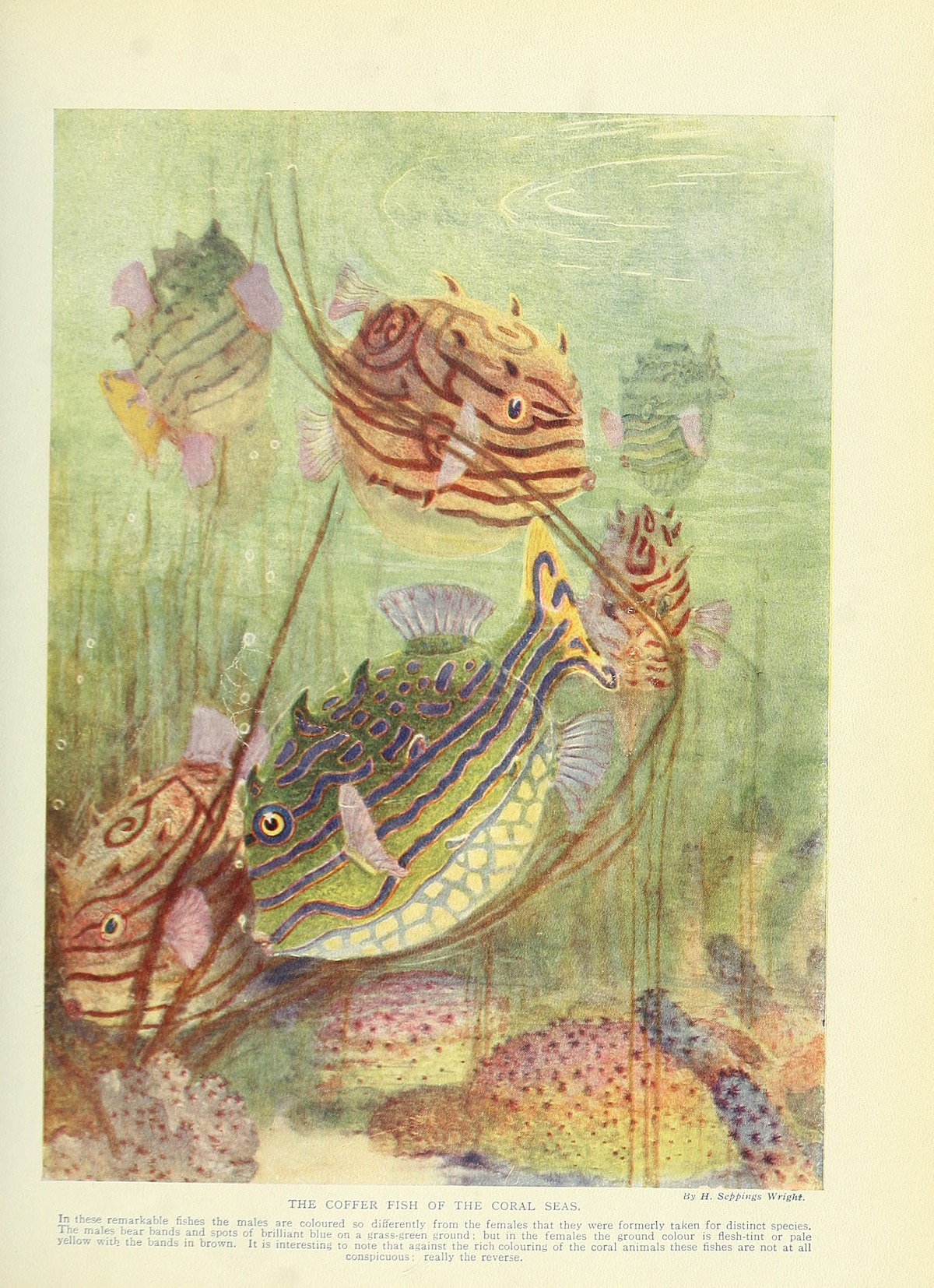
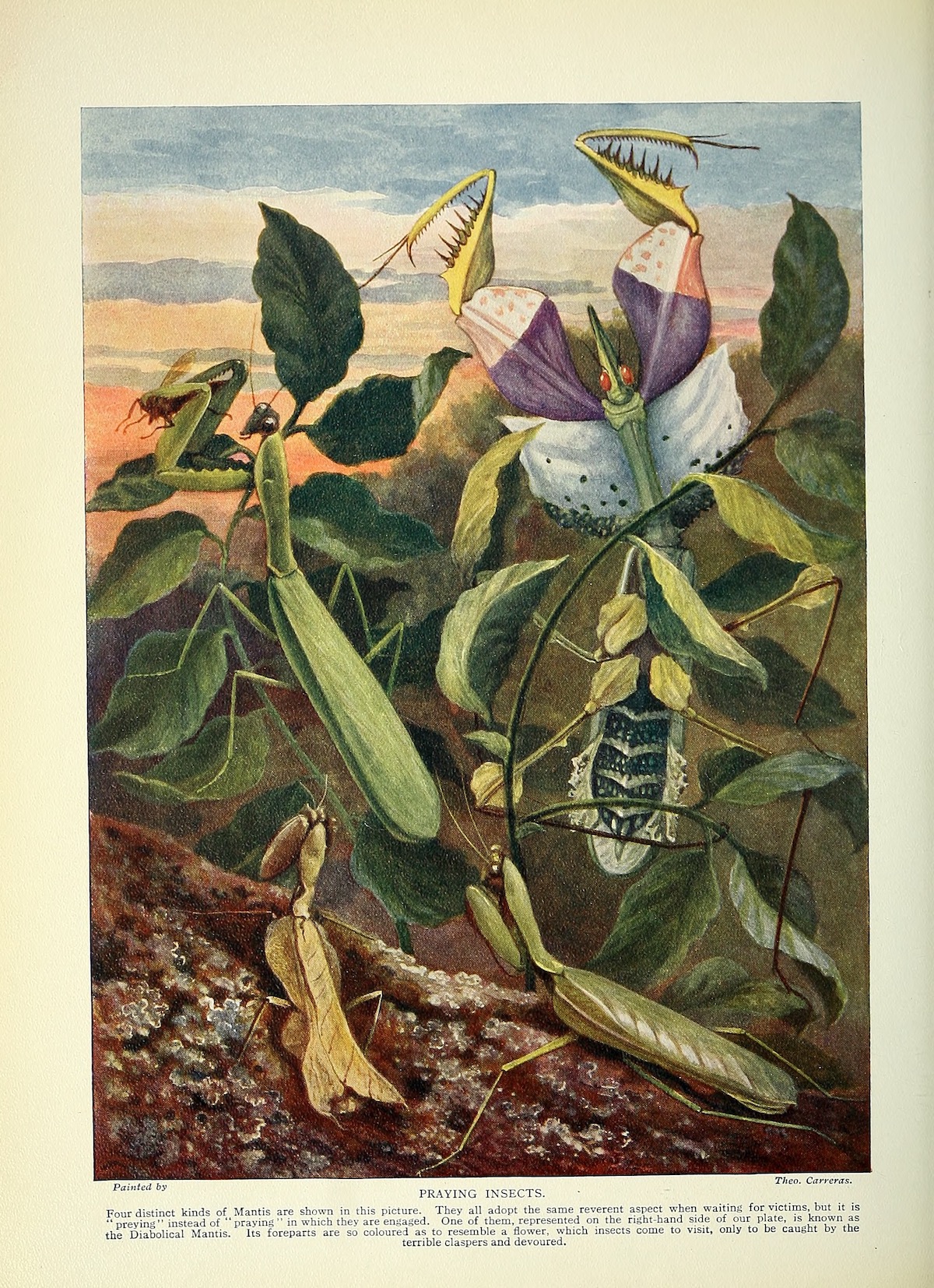
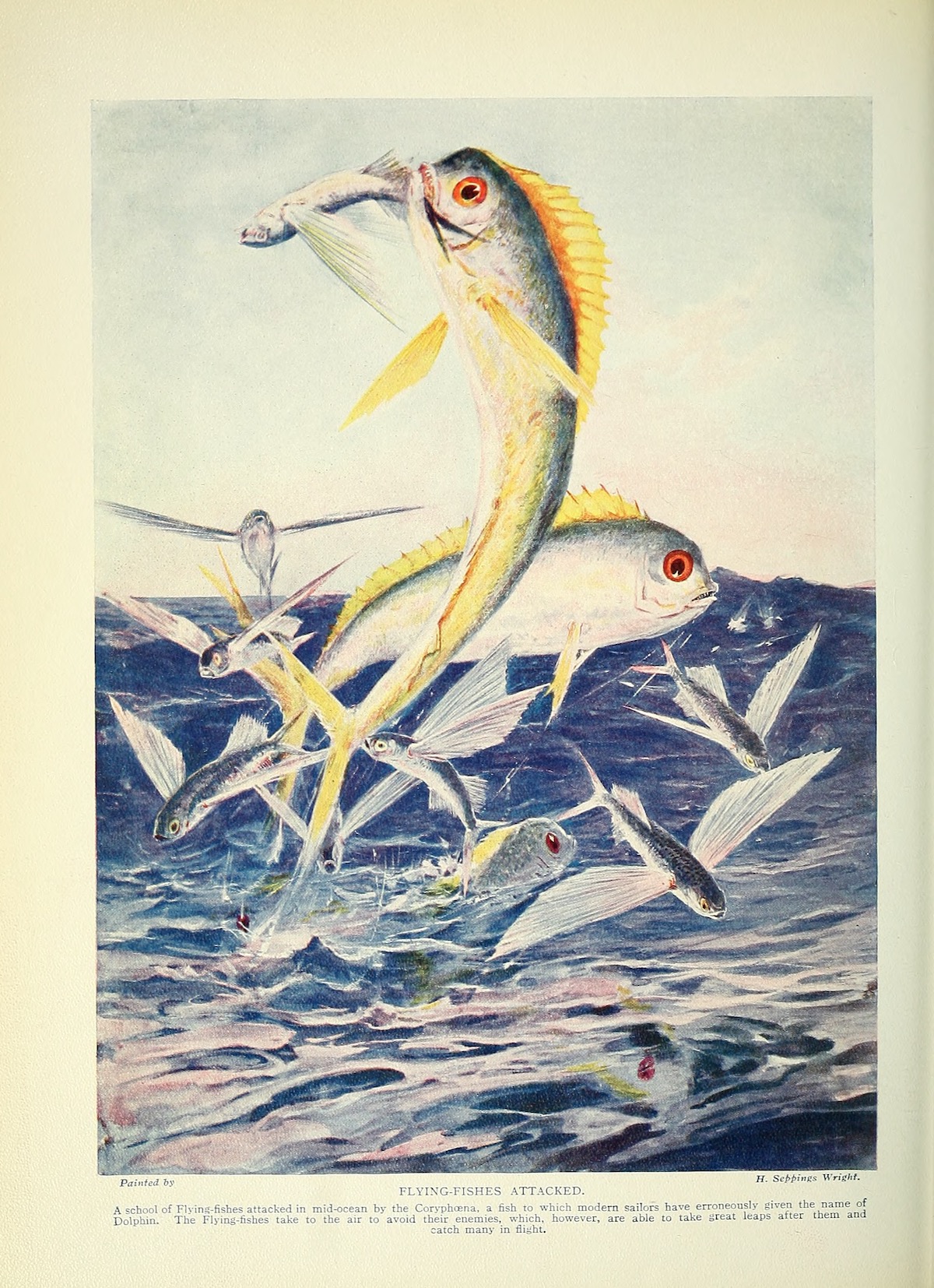
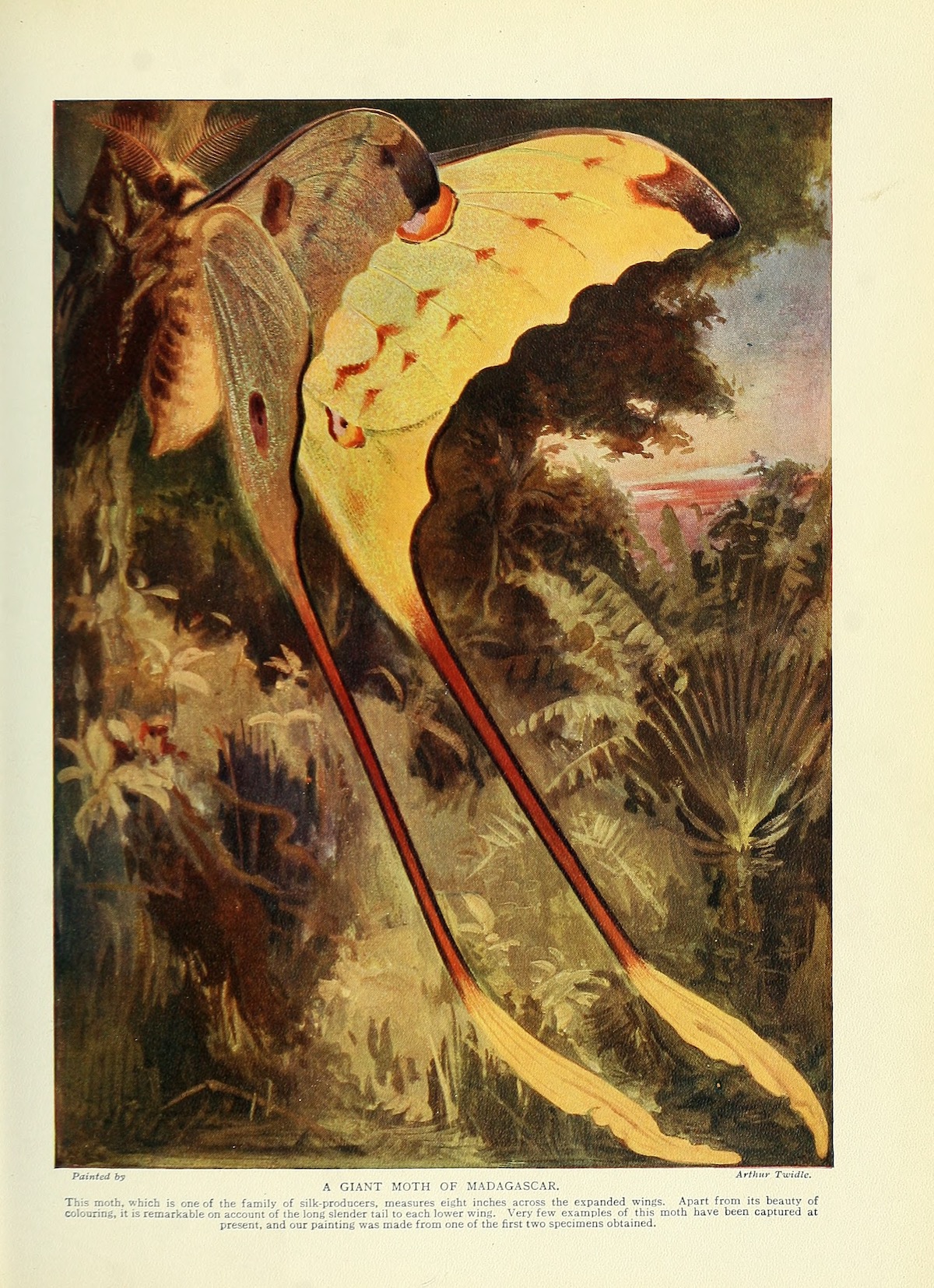

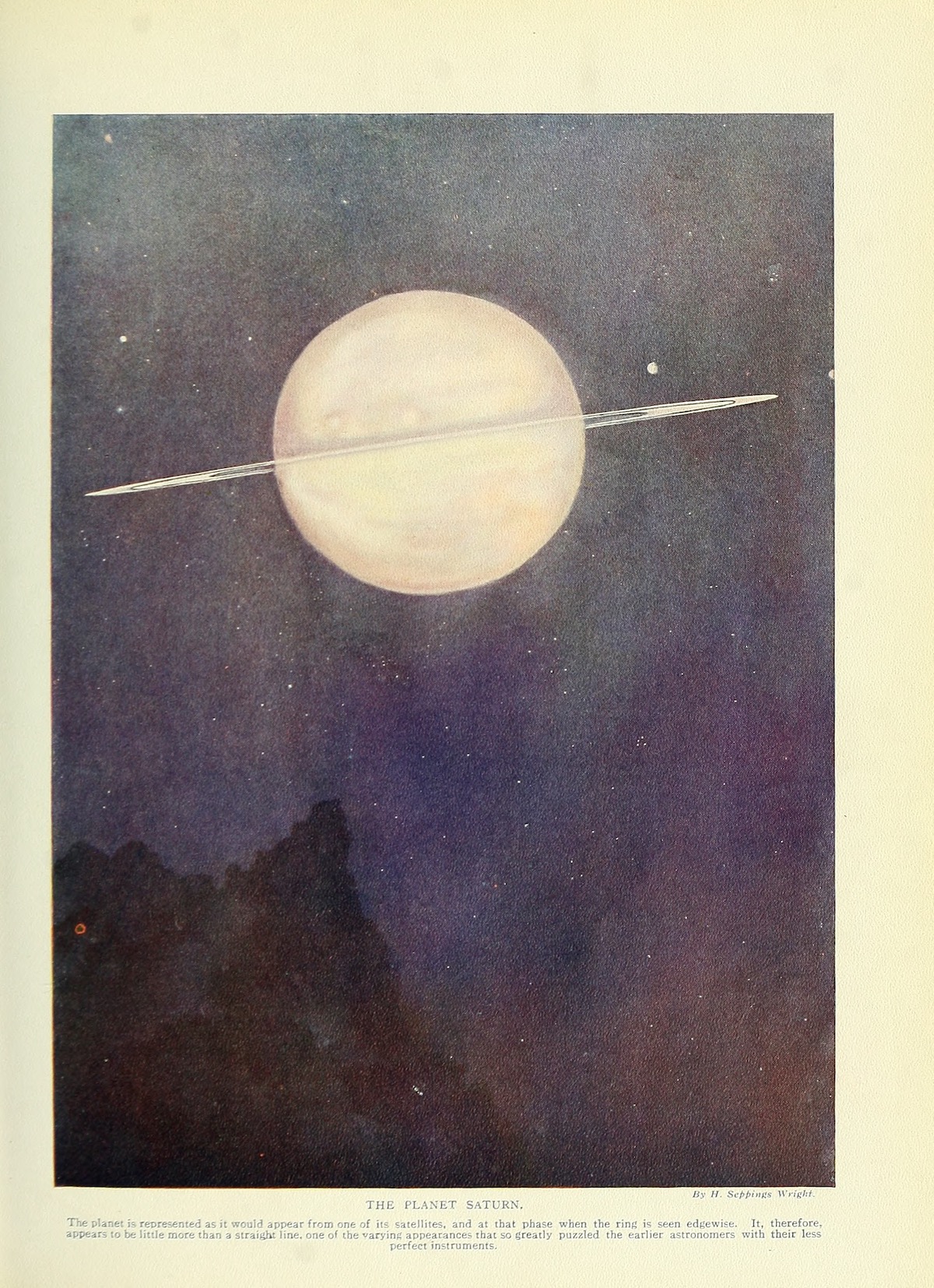

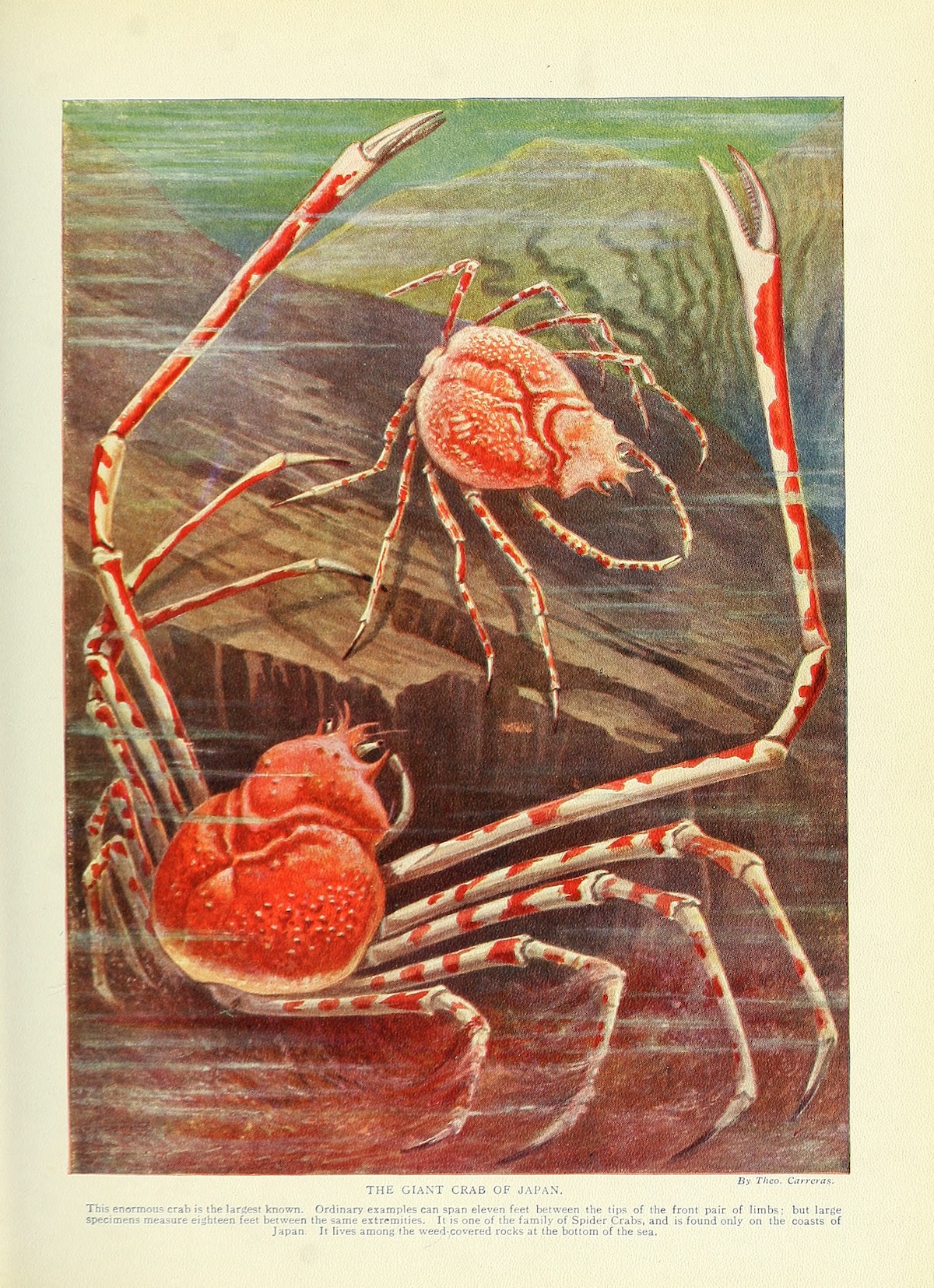
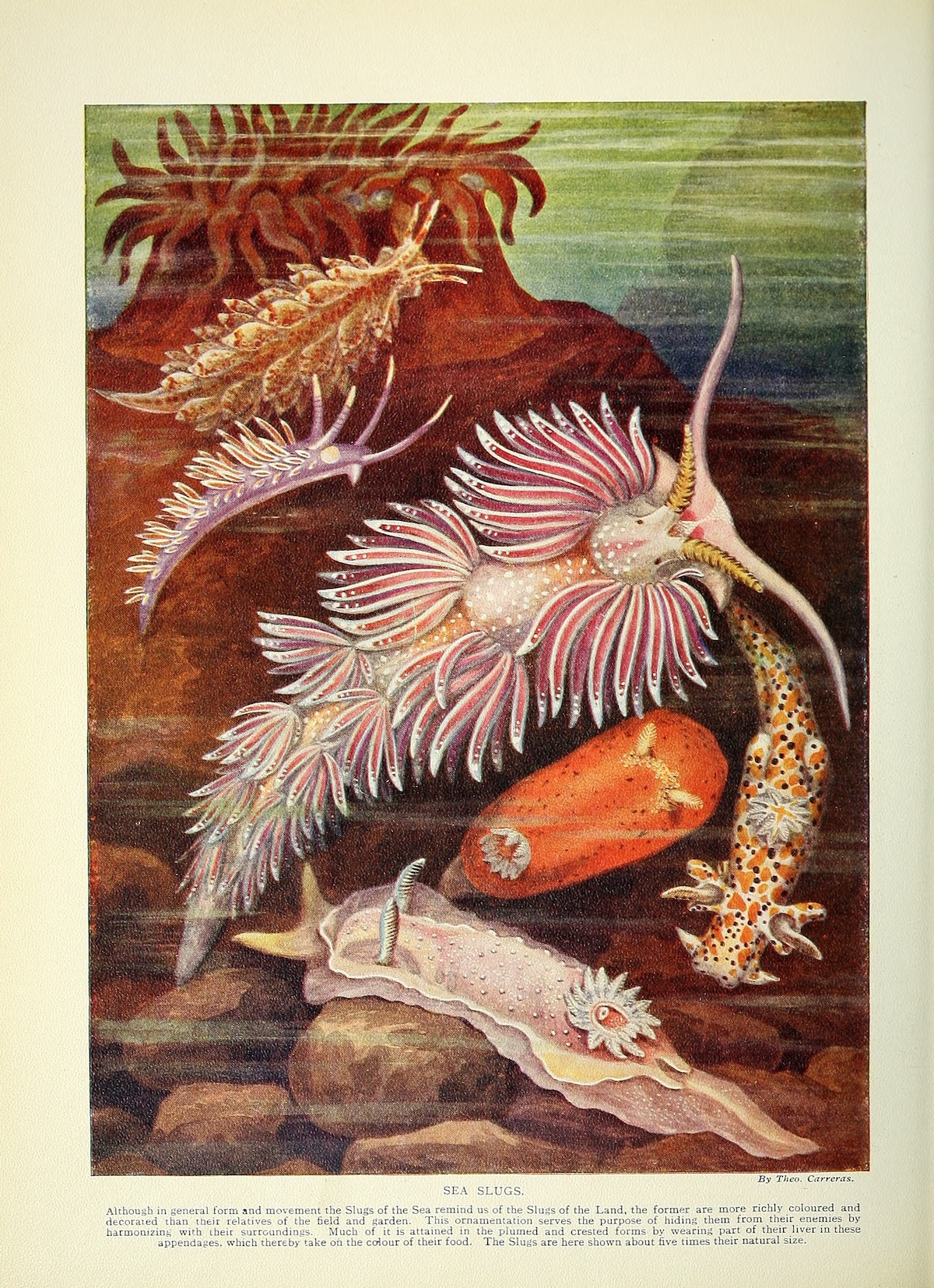
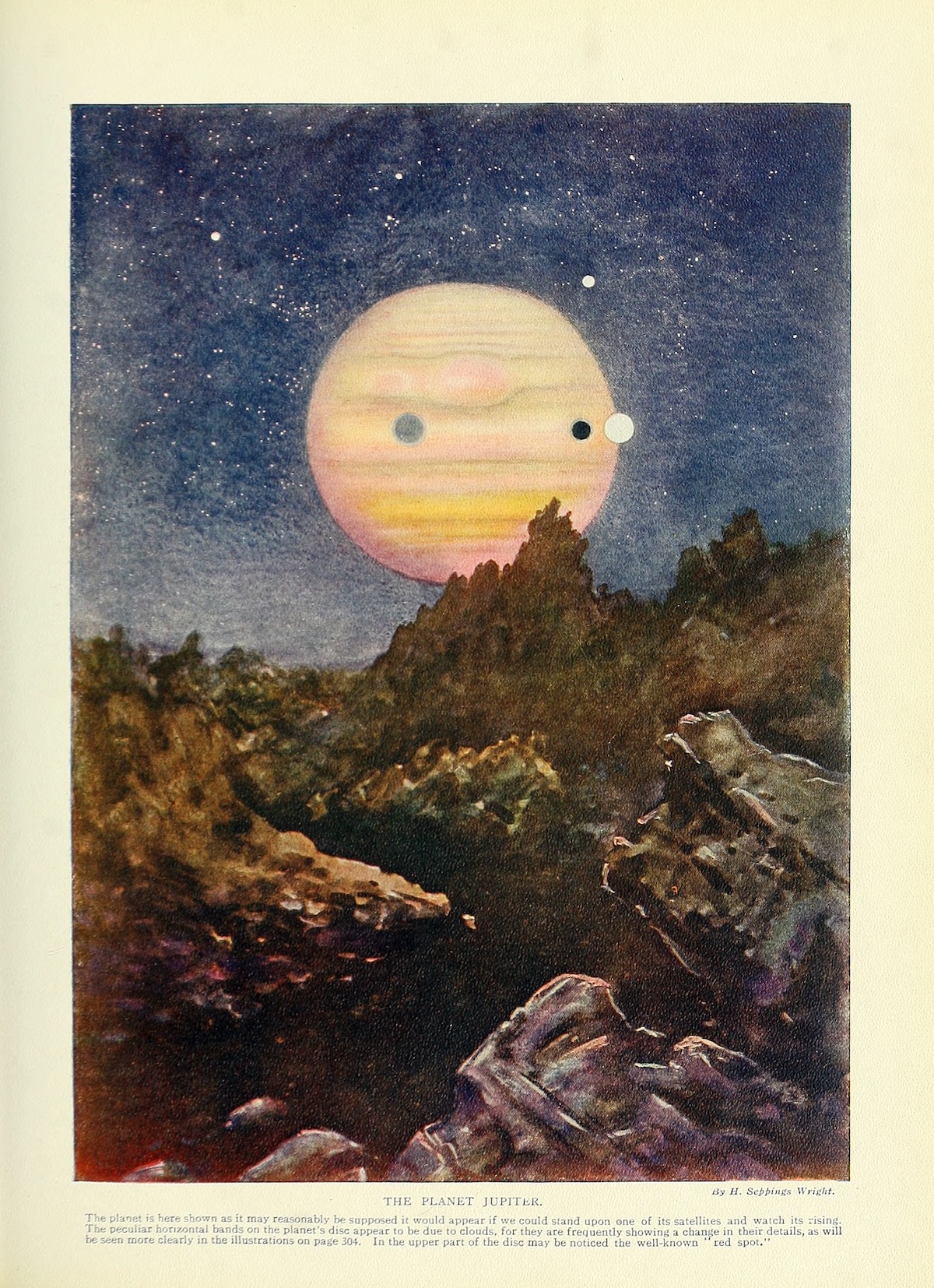
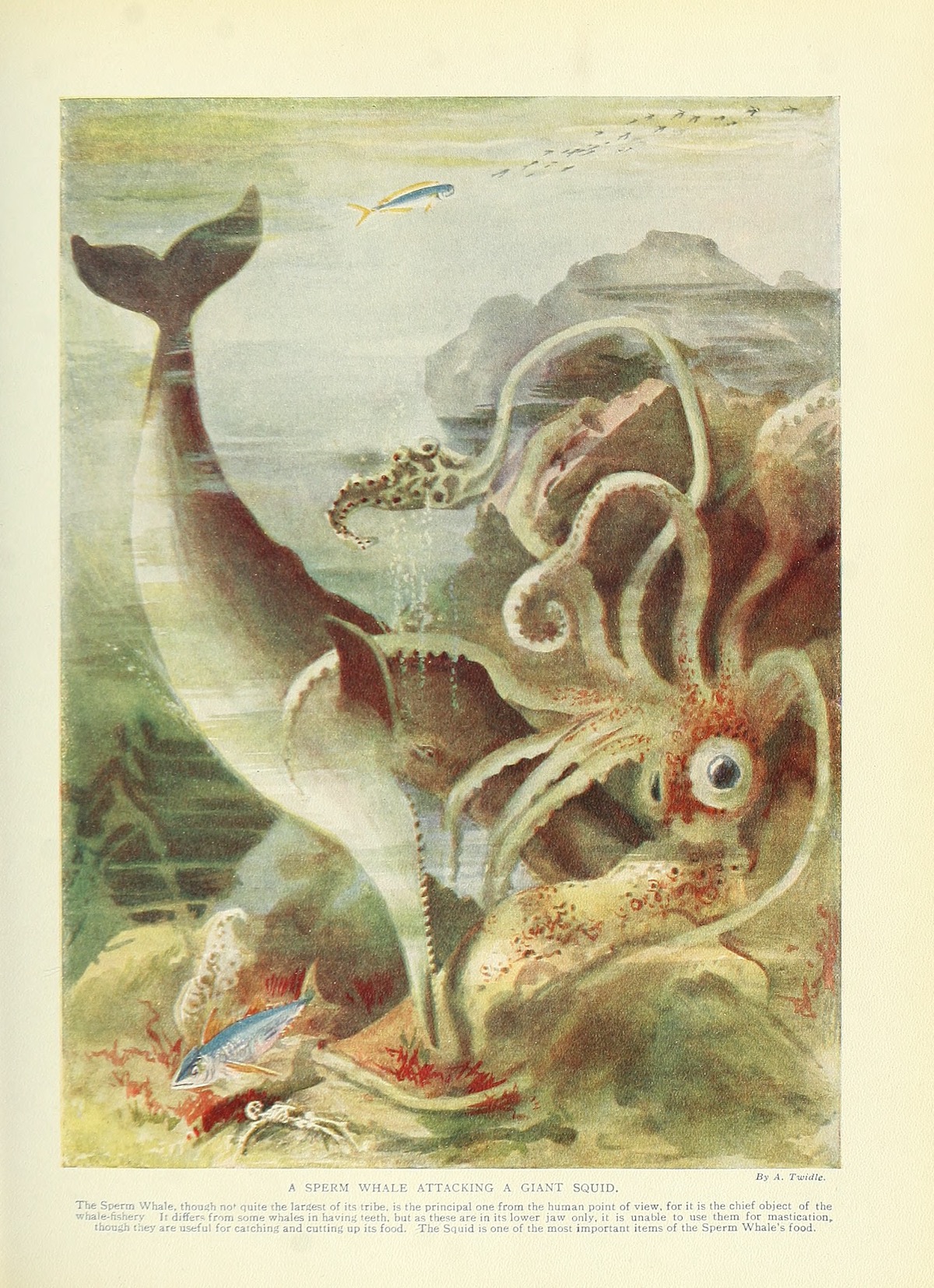
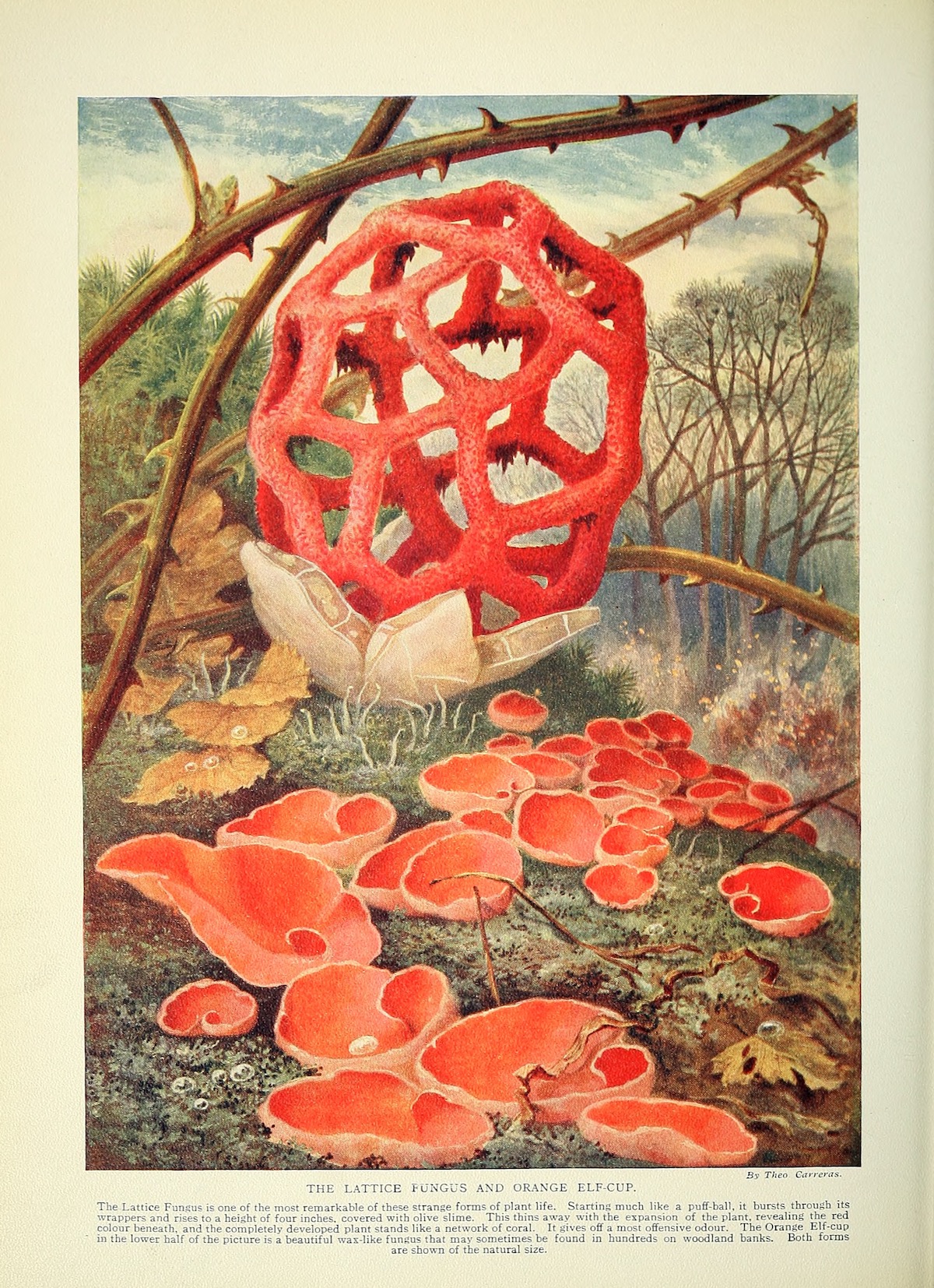
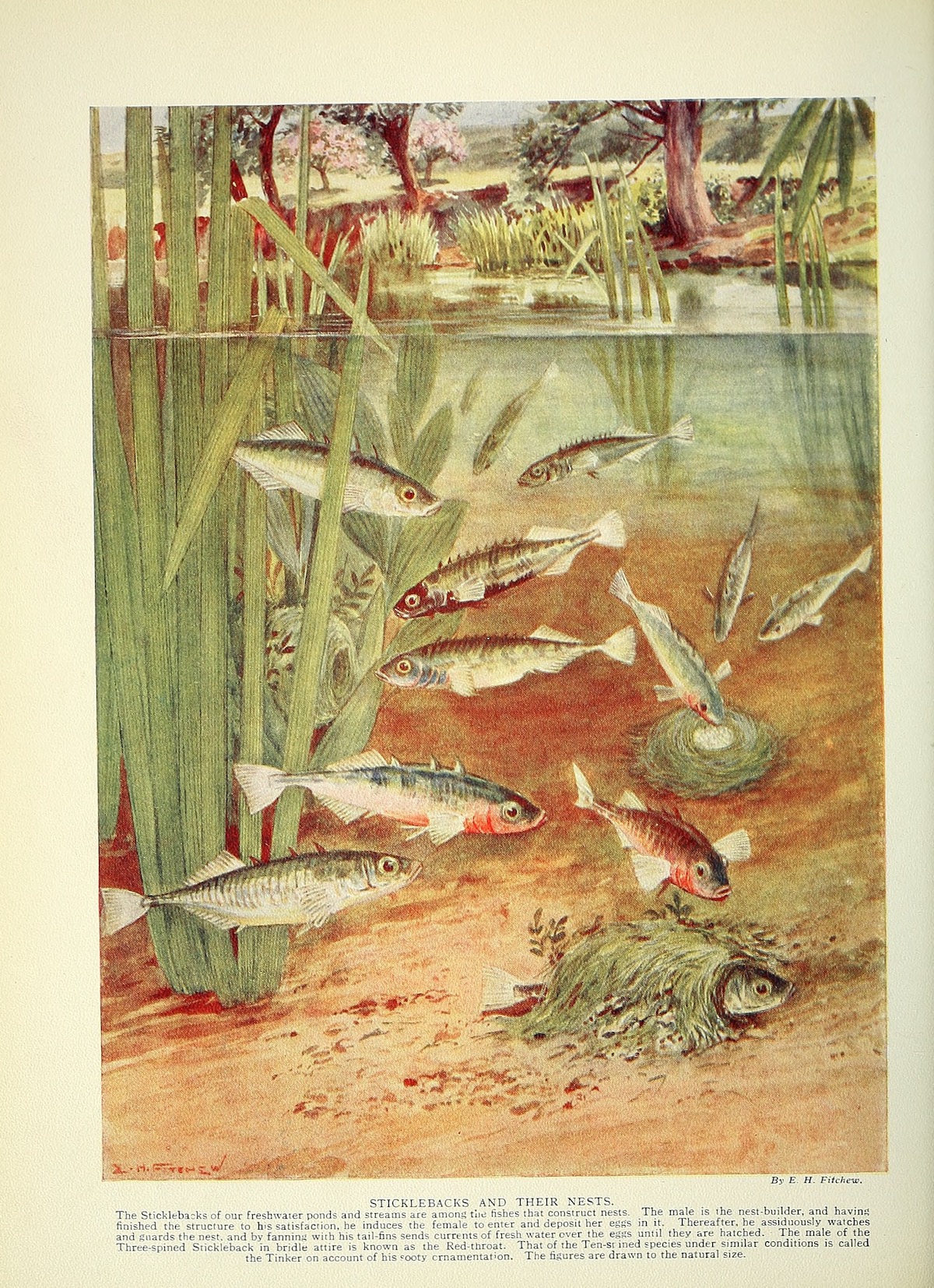
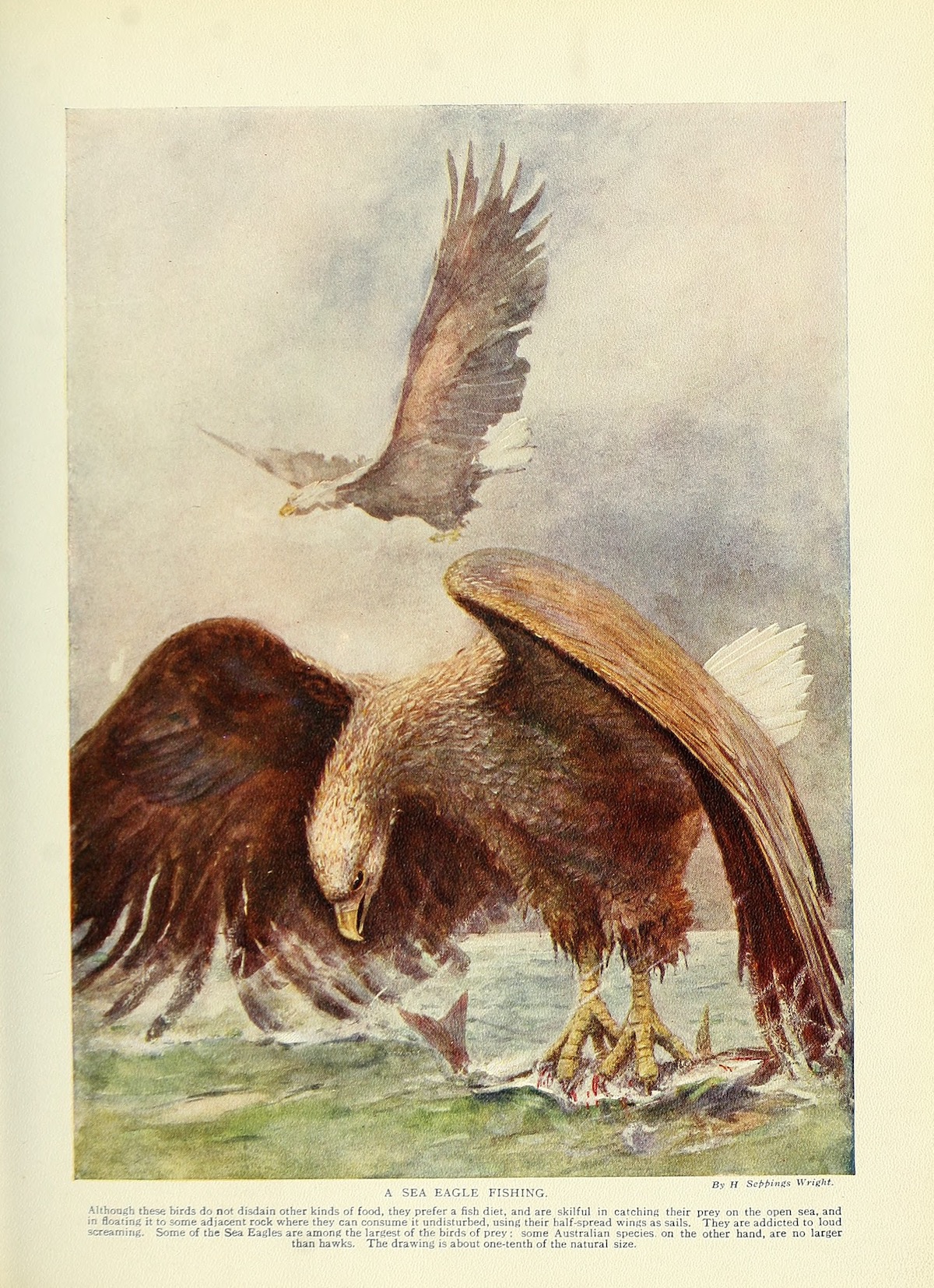
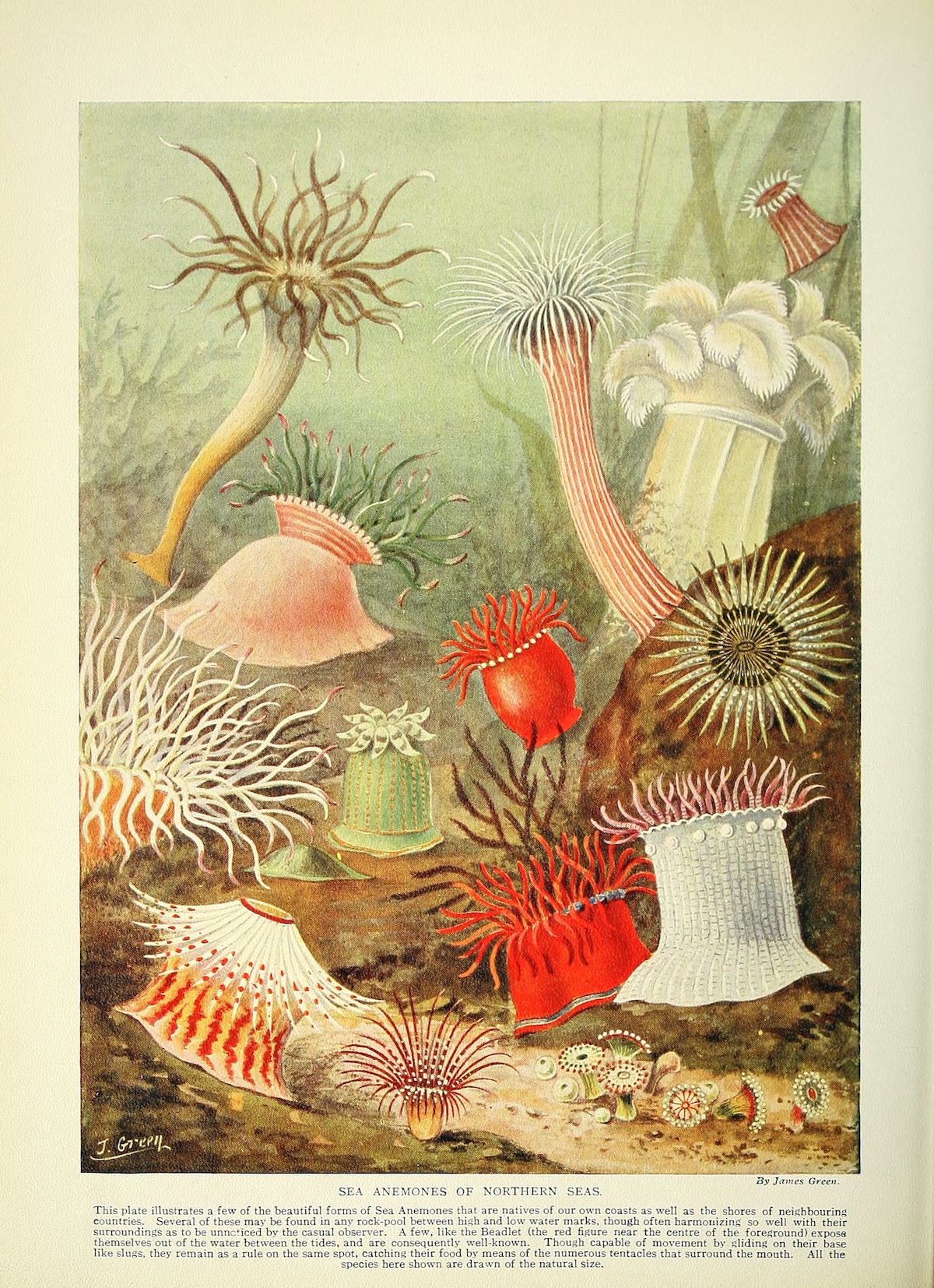
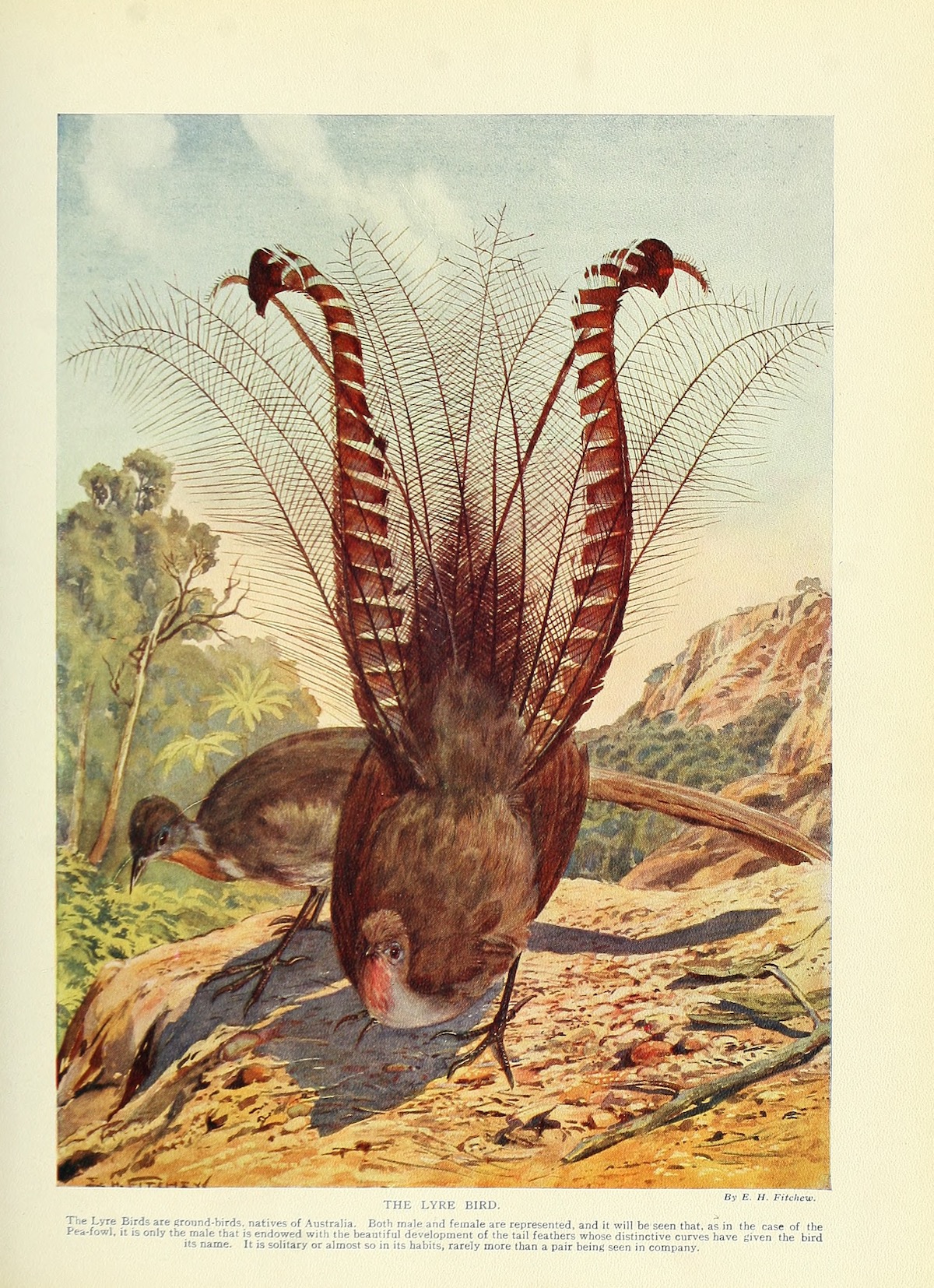
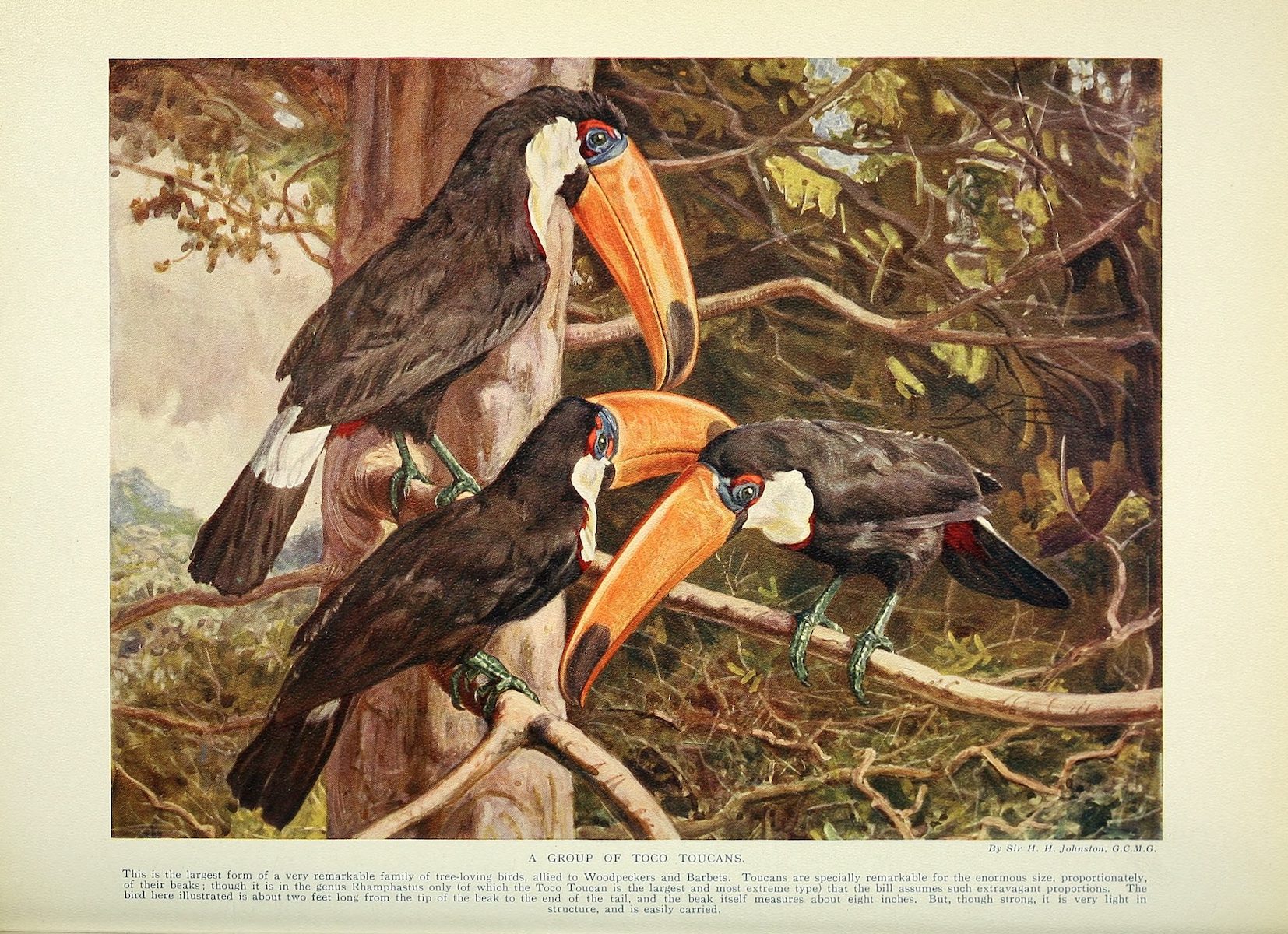
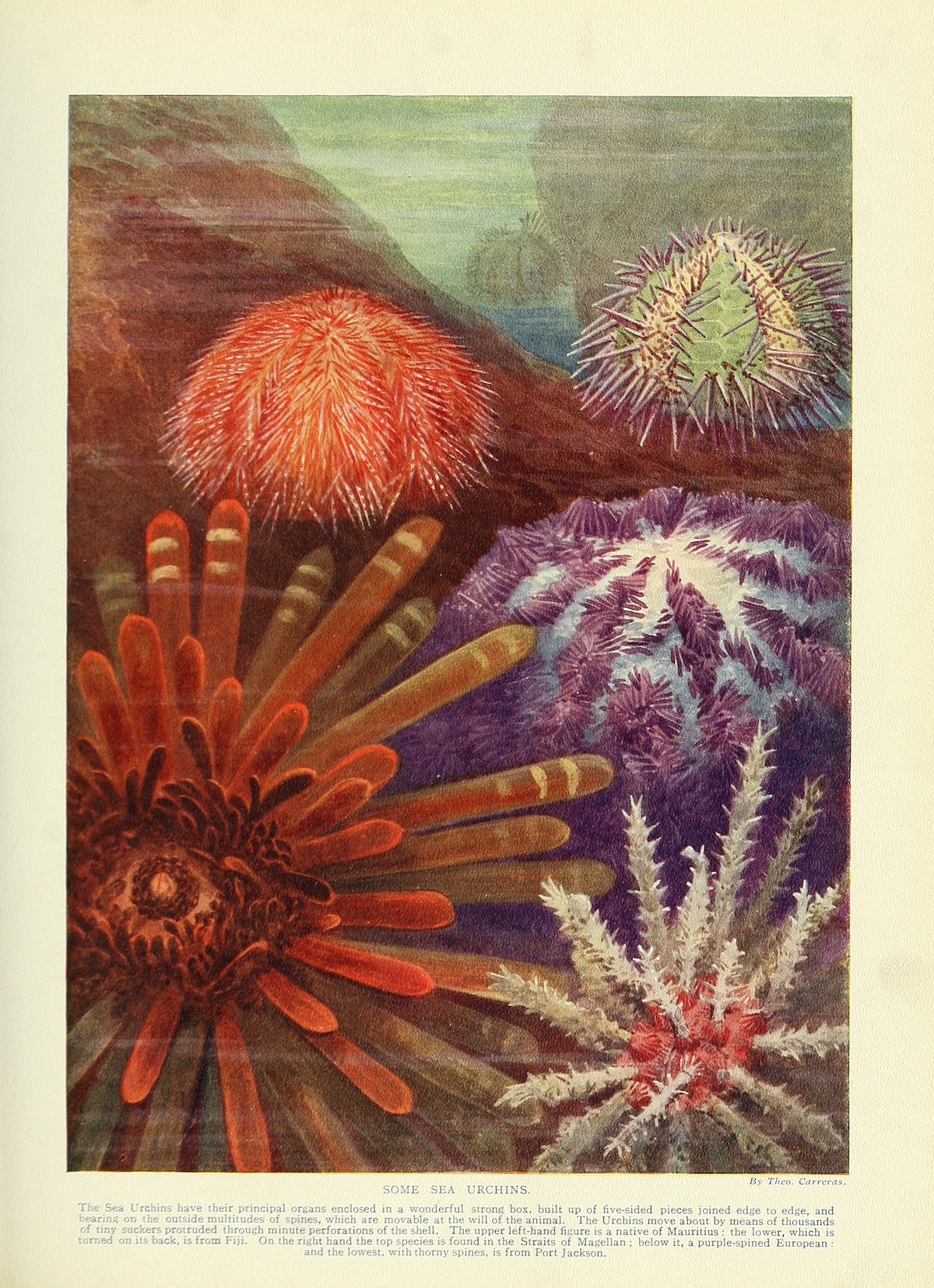
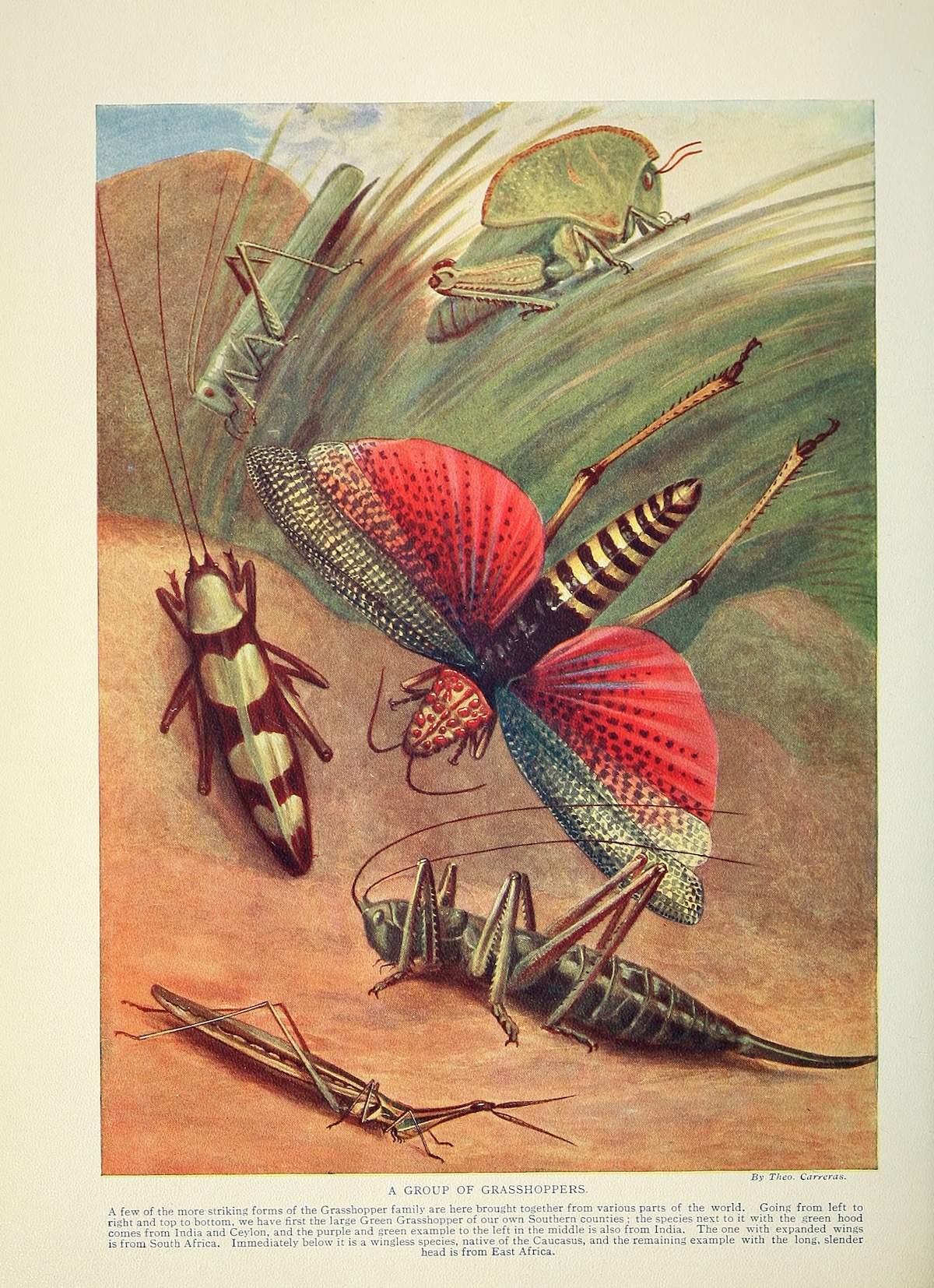

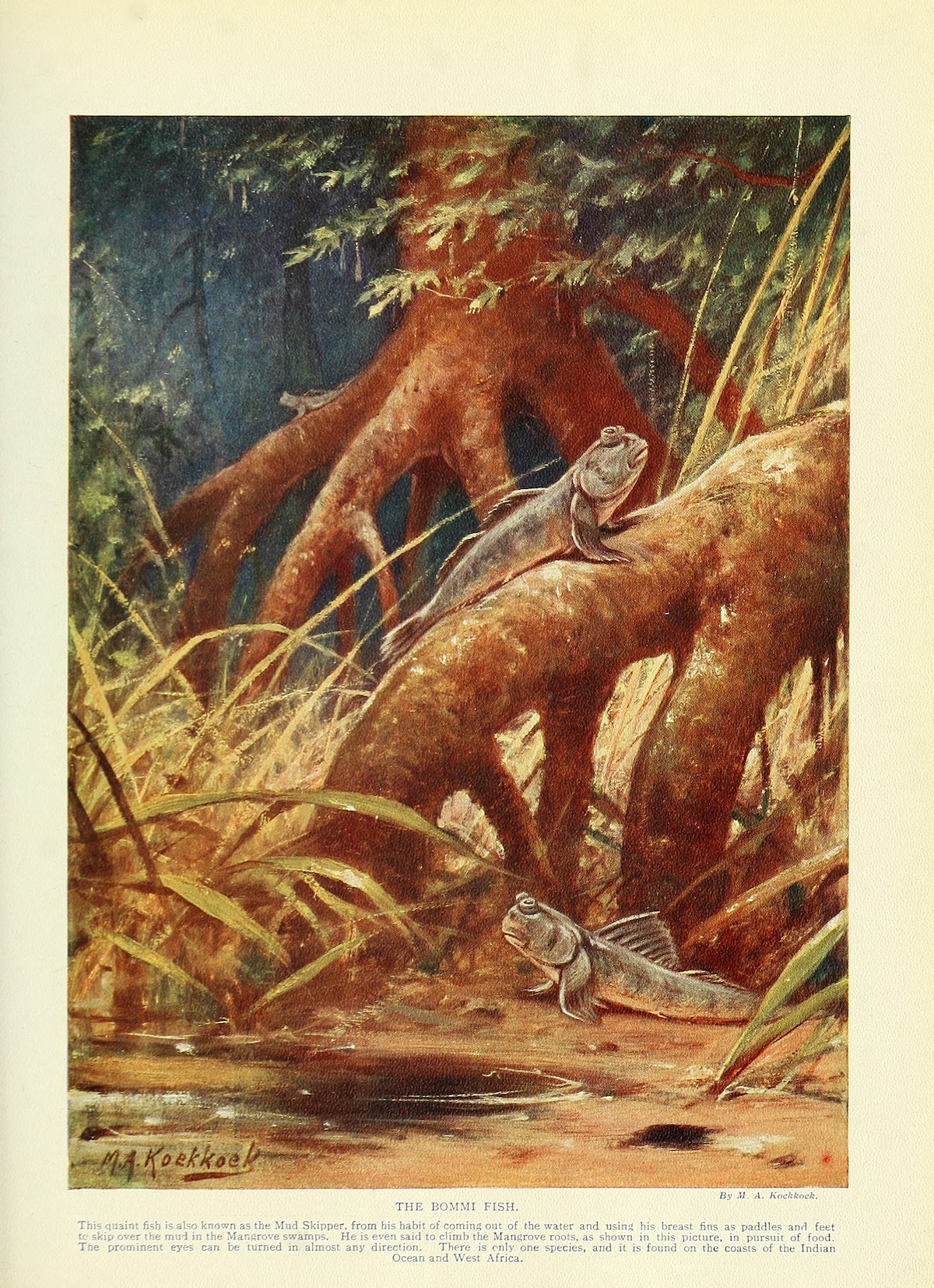

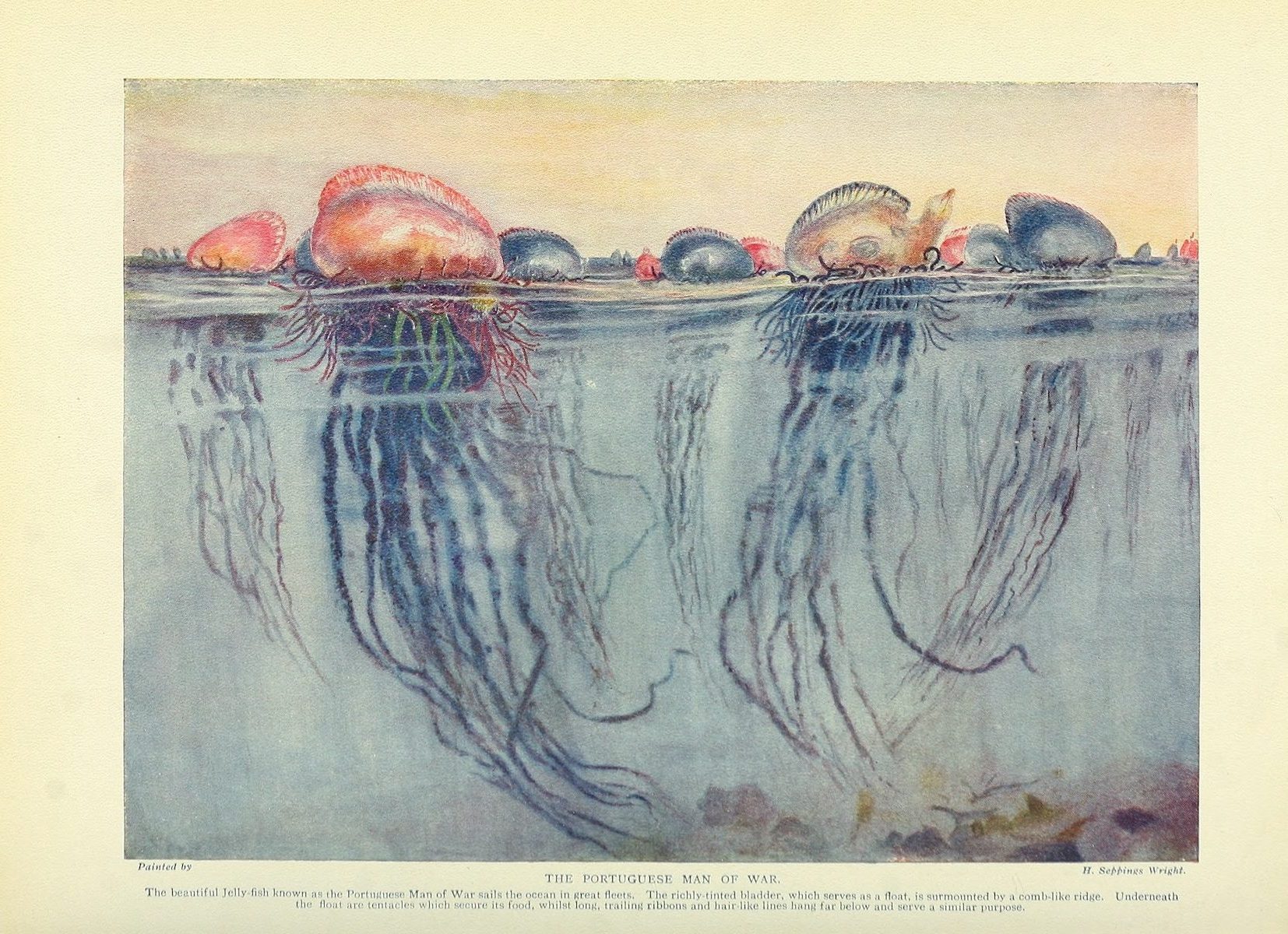
Would you like to support Flashbak?
Please consider making a donation to our site. We don't want to rely on ads to bring you the best of visual culture. You can also support us by signing up to our Mailing List. And you can also follow us on Facebook, Instagram and Twitter. For great art and culture delivered to your door, visit our shop.









